I was tired when I went to see Milk at the Wellcome Collection, having been up for much of the night feeding my baby. In European and Christian imagery, one sign said, ‘a lactating woman often represents fertility, charity and abundance’, but I was not feeling full of the milk of human kindness. Nor was I in the mood to be lectured about the evils of feeding children milk.
As it turned out, this wasn’t really a show about milky motherhood. Cows and women produce milk but it’s unfashionable to dwell too much on that detail. The exhibition has a few sculptures of women; mostly they are headless. A massive black udder greets visitors as they arrive, but the focus of the show is on milk as a ‘highly politicised liquid’. It quickly becomes a talking-to on the naughty step about why we must wean ourselves off capitalism’s teat.
Milk is pure, white and strength-giving, so, as the exhibition spells out at every possible opportunity: milk is pure white power. There’s a video of a group of thick, white, Trump-supporting neo-Nazis downing flagons of milk to help make the point. What’s more, motherhood being symbolic of innocence and goodness is, we are told, a European concept, and a racist one at that. Never mind that women from all races and cultures produce milk and nurture their young with it.
For a supposedly scientific show about milk, there is startlingly little explanation as to why milk (both human and dairy) might have been so crucial to human development. Which it clearly is, or why else would bodybuilders still be obsessed with getting hold of the good stuff? More on that shortly.
Instead, the show points out that two thirds of the world’s population struggle to digest milk and western power is built on the ability of white Europeans and Americans to do so. All that we are told is that lactase, the enzyme that processes the sugar in milk, declines after childhood. But why is it that milk can’t be digested by certain groups of people? And is that changing? I’d have liked to find out more. China is now the world’s second largest consumer of dairy products, even though many Chinese people are lactose intolerant. How has that happened?
Milk is a fascinating subject but the show’s myopic focus on racial politics and western imperialism means these questions are left unanswered. When connections are made, they often seem inconclusive. The ‘Drinka Pinta Milka Day’ campaign ran in 1958, aimed at raising milk consumption in poorer British households. That it launched the same year as the Notting Hill race riots is notable but not conclusive proof that milk advertising led to racial unrest, as the show’s literature seems to suggest.
There are plenty of villains. White, middle-class families who feed their children milk, for one. America. The British milk marketing board. Refrigeration and pasteurisation, the handmaidens of empire, which allowed milk to be transported safely ever further. Nestlé, naturally. Milk is now cheap, readily available, and nutritious. The curators seem to think that’s a terrible thing. Even oat milk, so beloved by millennials, gets it in the neck: ‘Vegan capitalism isn’t a solution,’ explains one ‘zine’. Wean yourself off it by making your own oat milk.
In between the sanctimonious pamphlets and retro posters offering what still seems like sensible advice on child rearing (‘Be clean in everything that concerns your baby’; ‘Impure milk kills babies’), there are some genuinely interesting items. I hadn’t come across the ‘Milk Tea Alliance’, which began in 2020. It’s an online human-rights movement organised by people from Thailand, Hong Kong and Taiwan. The three shades of brown on the flag represent the different milk teas drunk in these regions. The movement stands against China, where tea is mainly drunk black. Nor had I heard of ‘government cheese’ which was provided to welfare recipients in America. The phrase has become a pop cultural trope, referenced in lyrics by Kendrick Lamar and Jay Z. The dairy industry can be wicked, of course, both to animals and farmers. A leather weaning muzzle covered in rusty metal spikes is a disturbing reminder of how calves are ripped away from their mothers almost immediately so humans can instead consume their milk.
The show becomes peculiar towards the end when actual bondage equipment appears, to teach us about the fetish for breastmilk. It’s a more salacious subject than boring motherhood, which is treated as something of a side note in a show all about milk. The final room is decked out in saucy shades of pink and filled with breast milk cocktail menus (‘Mother knows breast’), tasting notes (‘sexy’, ‘warming’, ‘dignified’, ‘mellow’, ‘piquant’) and even a pink sports bag marked ‘MILF’, brimming with baby bottles. The sound of male bodybuilders breathing heavily plays in the background, while a poster suggests Craigslist, eBay or Facebook Marketplace as reliable places to find ‘liquid gold’. Get it fresh or frozen, vaccinated or unvaccinated, vegan, gluten and dairy-free. Isn’t consumer choice marvellous?
I watched mothers with young babies and children rush through, having clearly thought this exhibition would be as wholesome as a glass of full fat. Instead, it’s just a let-down. A far better guide to the history and politics of milk is given in Joanna Wolfarth’s recent book, Milk: An Intimate History of Breastfeeding. The gift shop sells copies. Also for sale, I noticed, are Wellcome’s very own breast milk-scented candles for £35. ‘Be nurtured by the nostalgic scent,’ says the label. Talk about milking it.<//>
Got something to add? Join the discussion and comment below.
Get 10 issues for just $10
Subscribe to The Spectator Australia today for the next 10 magazine issues, plus full online access, for just $10.
You might disagree with half of it, but you’ll enjoy reading all of it. Try your first month for free, then just $2 a week for the remainder of your first year.


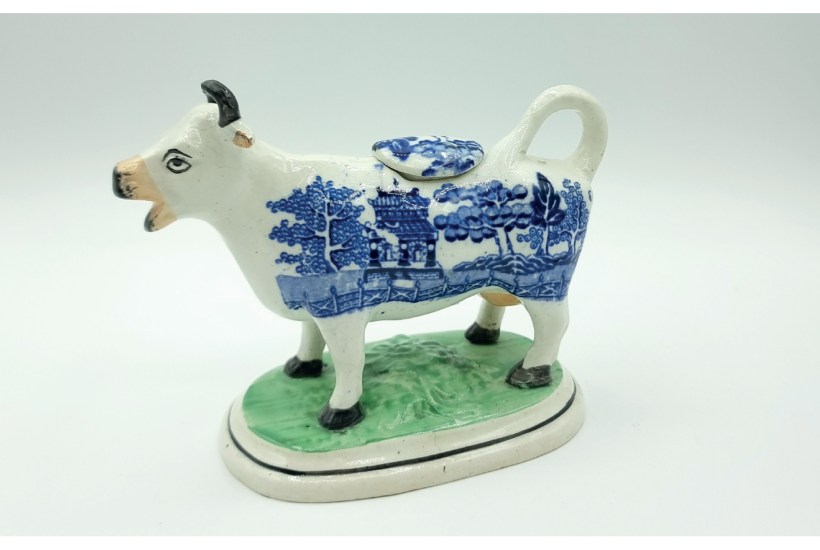
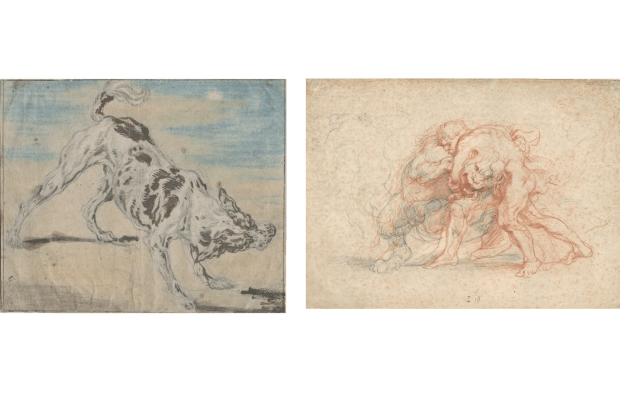

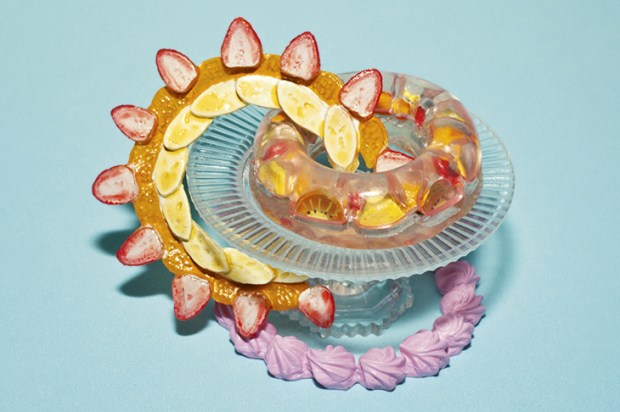
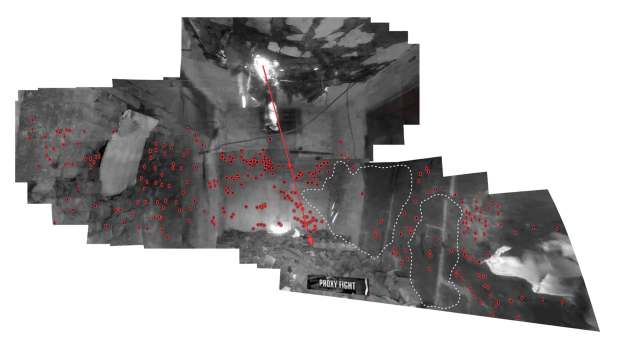
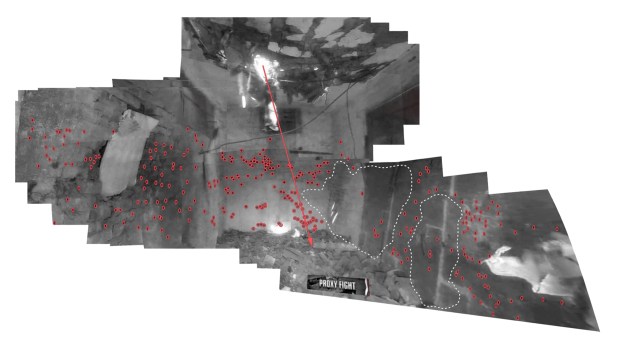
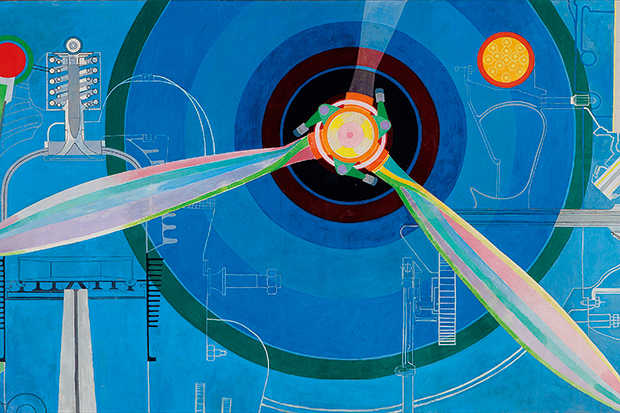






Comments
Don't miss out
Join the conversation with other Spectator Australia readers. Subscribe to leave a comment.
SUBSCRIBEAlready a subscriber? Log in